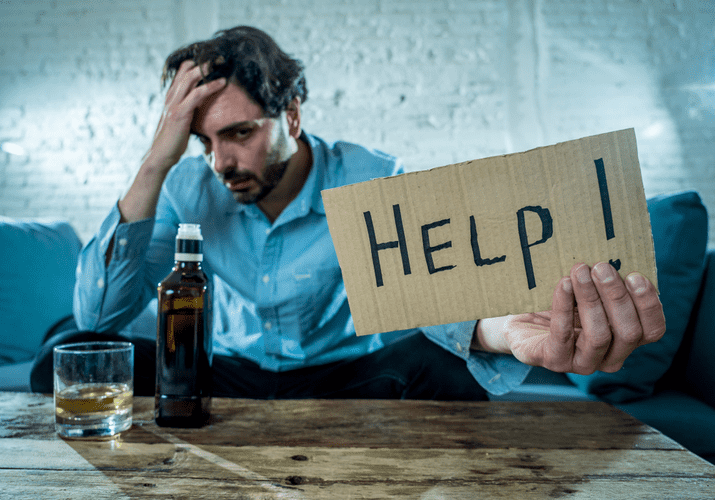Can Tapering Off Alcohol Reduce Withdrawal Symptoms?
A person who drinks more alcohol will probably have a longer taper than a person who drinks less alcohol. Most people recover from alcohol withdrawal within a week, but people with severe dependency may experience withdrawal for multiple weeks. Alcohol causes serious changes in the brain, and prolonged symptoms such as sleep problems, mood changes and fatigue may take months to overcome, according to the U.S. It is very important that you estimate your BASELINE ALCOHOL CONSUMPTION in terms of standard drinks in order for you to be able to set up a taper schedule.
Alcohol and the homeless – Gainesville Sun
Alcohol and the homeless.
Posted: Sun, 05 Feb 2006 08:00:00 GMT [source]
Tapering off alcohol involves gradually reducing the amount of alcohol you drink. Besides its positive health benefits, it can help you quit drinking after weeks or months. It’s always best to speak with a healthcare provider when changing your relationship with alcohol. Every person has unique needs, and tapering off may not be an adequate solution to reduce or stop drinking. For people who moderately consume alcohol, tapering off may be a good option.
Recognize Dangerous Withdrawal Symptoms
It can lower the severity of symptoms, and it can make you more likely to meet your goals. These can indicate a life threatening condition called delirium tremens. It’s important https://ecosoberhouse.com/ to seek urgent medical care if you experience any of these symptoms. Most people experience the most severe symptoms from about 36–72 hours after stopping drinking.

Avoid taking prescription drugs that your doctor hasn’t prescribed to you. If withdrawal is so uncomfortable that you’re turning to drugs for comfort, you should contact your doctor or a rehab center to discuss medically supervised withdrawal. There’s no set time frame for tapering off alcohol that works for everyone. Even if your situation seems like someone else’s, your body may respond differently to the tapering process.
Find out more about our admissions process
Another significant factor in how long a taper lasts is alcohol withdrawal symptoms. After all, the point of a taper is to minimize alcohol withdrawal symptoms. If you begin to have withdrawal symptoms during your taper, this is a sign that your taper may be going too fast, and you need to slow it down. When you drink heavily, your brain changes its sensitivity to GABA. The imbalance in GABA that occurs when you suddenly stop drinking causes withdrawal symptoms. Slowly reducing your drinking over time instead of suddenly stopping allows your brain to change its response to GABA.
- But you have to be careful and measure properly so you’re not under-pouring or over-pouring.
- People with moderate to severe alcohol addiction may find an alcohol taper difficult to accomplish.
- Every person has unique needs, and tapering off may not be an adequate solution to reduce or stop drinking.
- Tapering can be done by using alcohol itself or various medications; however, can only be done safely under the supervision of a physician.
A taper may not be right for you if you frequently drink more than you intended, try to cut back but cannot or feel that your alcohol use is affecting your life. People with AUD may be unable to quit drinking alcohol on their taper off alcohol own or have attempted to quit before and relapsed. However, it is important to be aware of the risks of attempting a taper on your own. Sometimes, people think that they don’t need medical help if their symptoms are mild.
How to Wean Off Alcohol: Tapering Safely and on Schedule
This phenomenon is often described as “alcohol dependence.” The most common more mild withdrawal symptoms include headaches, anxiety, and sleep disturbances. The length of the tapering process can vary based on the needs of the person. People with a greater dependency on alcohol may need to stretch out the process to gradually reduce their alcohol intake. If you are tapering yourself off alcohol for the first time, it can be helpful to know what symptoms to expect during the process. Although the symptoms can vary for each person based on personal factors, many people share common experiences during this process.
It’s common for the first symptoms to appear within a few hours after your last drink. There are a range of symptoms you can experience when you stop drinking. Tapering can help minimize these symptoms, but you might still experience some of them while your body adjusts to the lack of alcohol. Seemed like they were written by sober people who never had to taper themselves or were never big alcoholics.
How To Wean Off Alcohol Safely and Effectively
Consuming a lighter alcoholic drink like beer also makes it easier for someone to stay hydrated throughout the taper. Slowly decreasing the amount you drink over time can spare your body from withdrawal symptoms. This is because drinking heavily over a long period can cause your body to become physically dependent on alcohol. With physical dependence, your body becomes used to the presence of alcohol in your system and begins to adapt accordingly.
- Overall, do whatever you can to make yourself as comfortable as possible.
- As you navigate this question, it can be helpful to think about how you typically prefer to approach change.
- While it is generally the medically recommended method of stopping alcohol, it requires medical supervision to be safe.
- The info here is based on my own experience trying and failing to taper, then eventually getting it right.
- Or, you may find that quitting all at once is too drastic and decide to start by practicing harm reduction.


